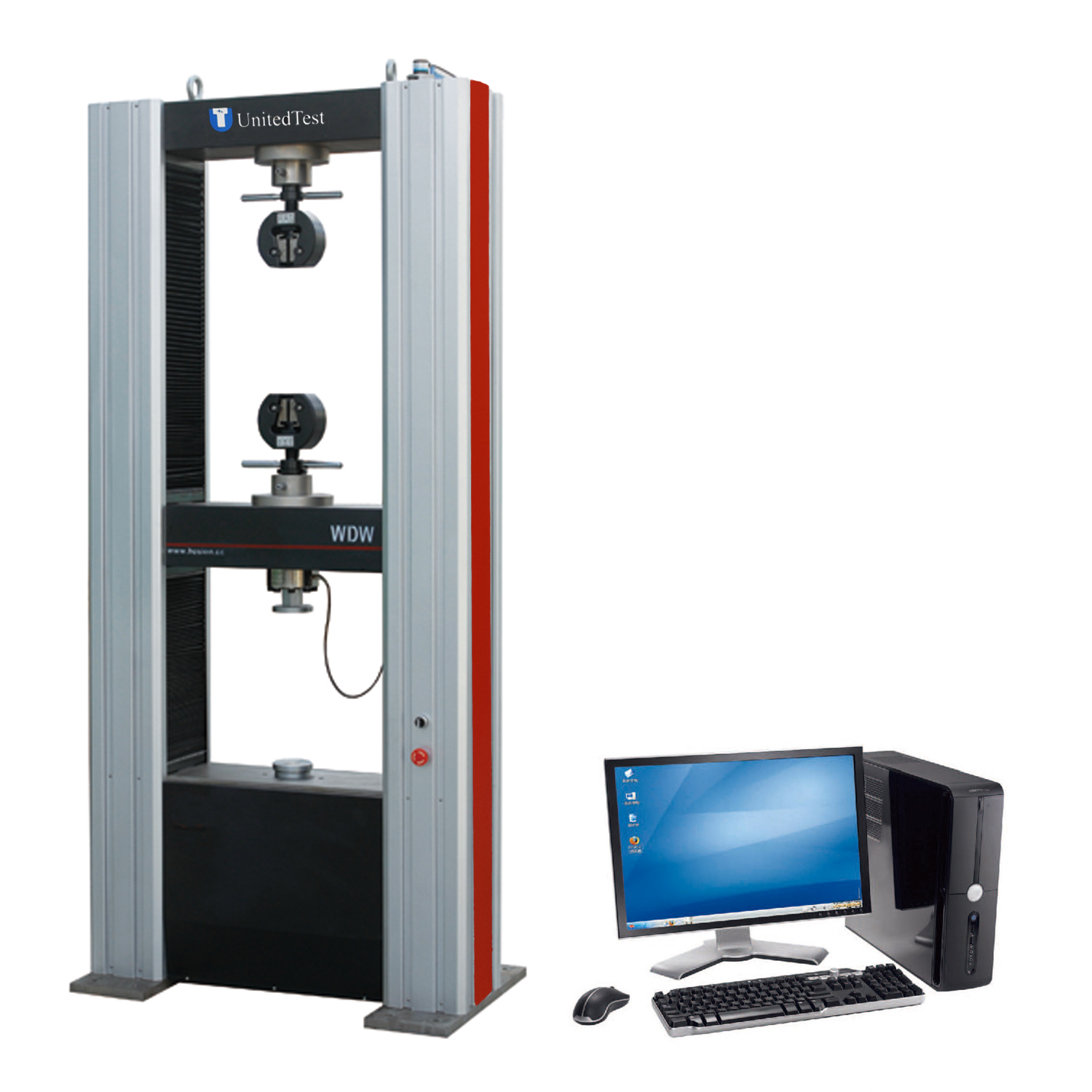ASTM D3410 Shear Loading compression Test Method for Compressive Properties of Polymer Matrix Composite Materials with Unsupported Gage Section.
5.1 This test method is designed to produce compressive property data for material specifications, research and development, quality assurance, and structural design and analysis. Factors that influence the compressive response and should therefore be reported include the following: material, methods of material preparation and layup, specimen stacking sequence, specimen preparation, specimen conditioning, environment of testing, specimen alignment and gripping, speed of testing, time at temperature, void content, and volume percent reinforcement. Properties, in the test direction, that may be obtained from this test method include:
5.1.1 Ultimate compressive strength,
5.1.2 Ultimate compressive strain,
5.1.3 Compressive (linear or chord) modulus of elasticity,
5.1.4 Poisson's ratio in compression, and
5.1.5 Transition strain. www.UnitedTest.com


ASTM D3410 UnitedTest Test Procedure:
Start by preparing rectangular cross sections with a maximum specimen thickness variation of 2% and a maximum specimen width variation of 1% as test specimens.
Center the specimen in the fixture between the grip interfaces. Ensure that when the fixture is closed, the whole grip length contacts the grip faces.
Attach the strain gauges to the specimen's mid-span and mid-width regions. Before beginning the test, confirm that the load reading is zero.
Until failure, apply the force at a uniform strain rate. The testing standard includes the recommended rates.www.UnitedTest.com
Specimen size:
Specimens with a uniform rectangular cross-section are used in this test. A variety of thicknesses can be put up for a test. The recommended length is between 140 mm and 155 mm (5.5 inches to 6 inches), and recommended width can be 12 mm (0.5 inch) or 25 mm (1 inch). Tabs may be fixed to the ends of the thin specimens to ensure failure in case of the unsupported gauge length.
Result:
Data for the following compressive properties tested are provided: ultimate compressive strength, ultimate compressive strain, compressive chord modulus of elasticity, compressive Poisson’s Ratio, and three-part failure identification codes.
www.UnitedTest.com
 Global links
Global links



